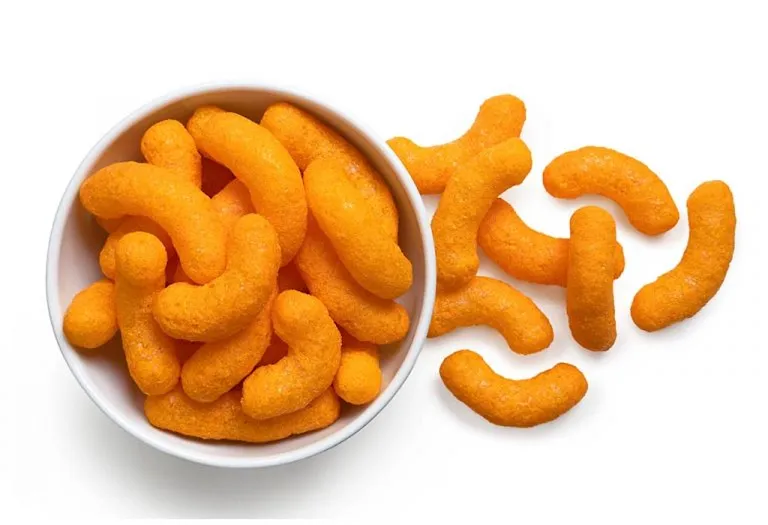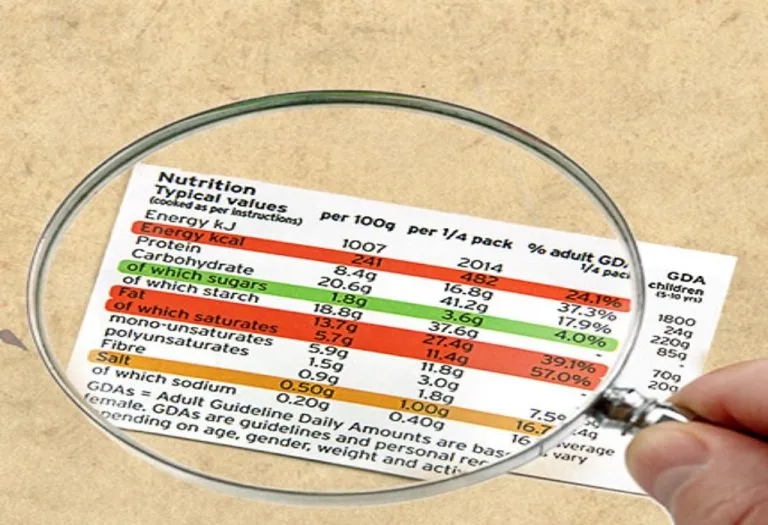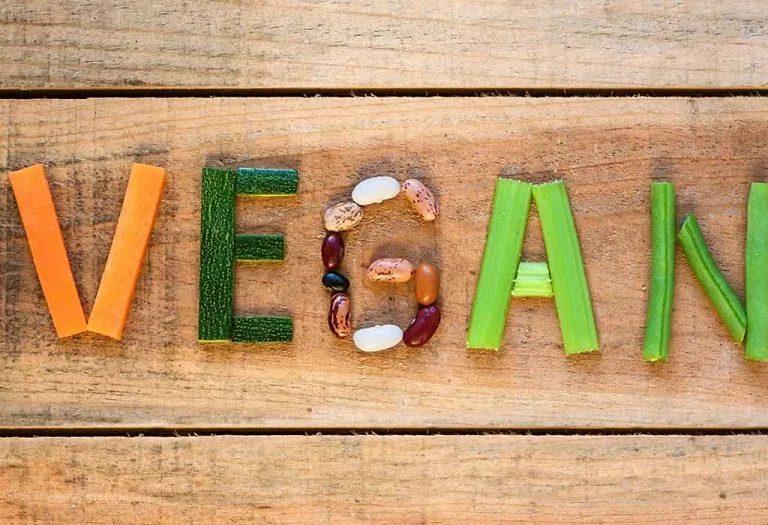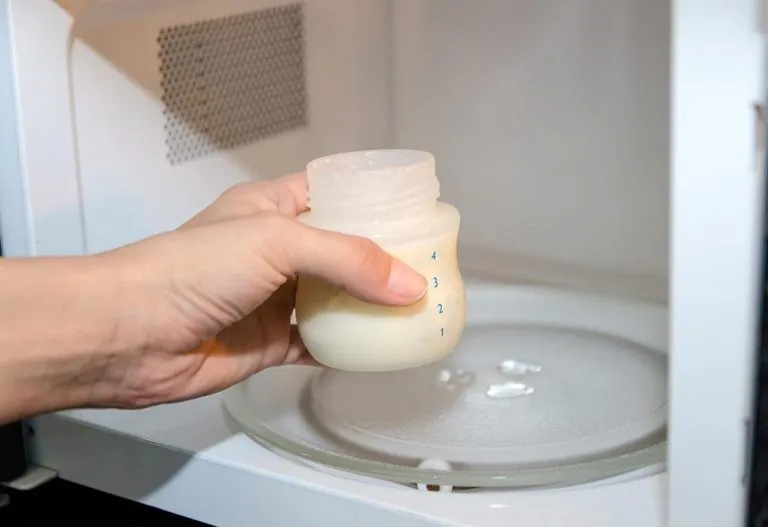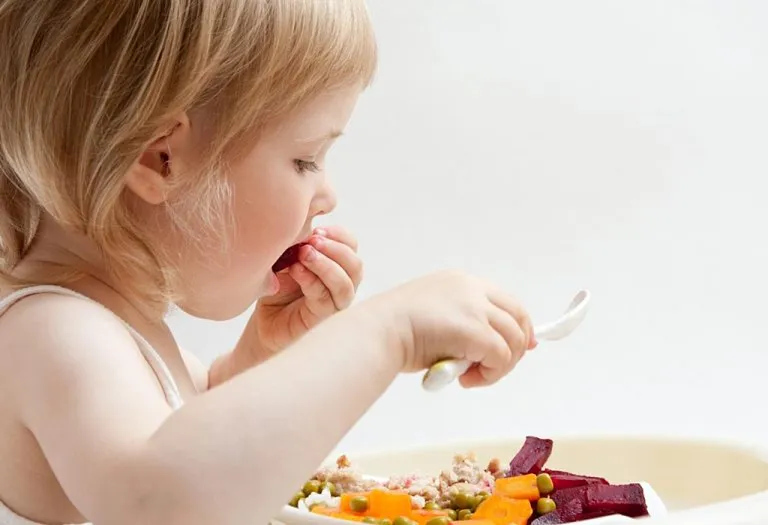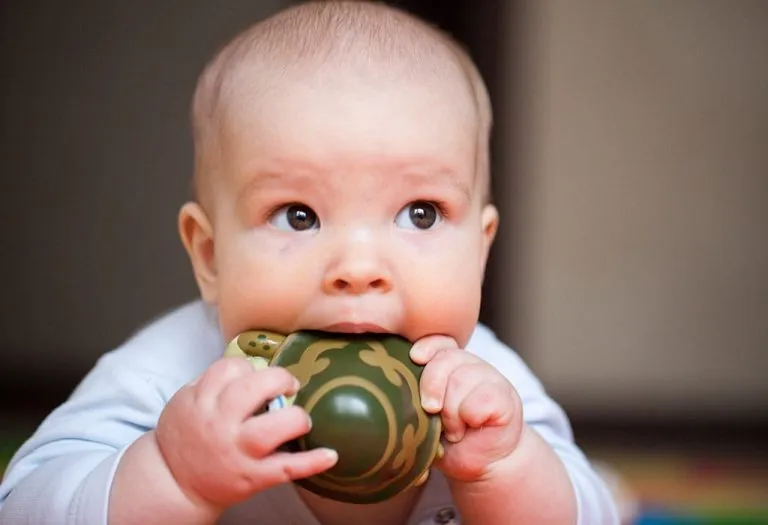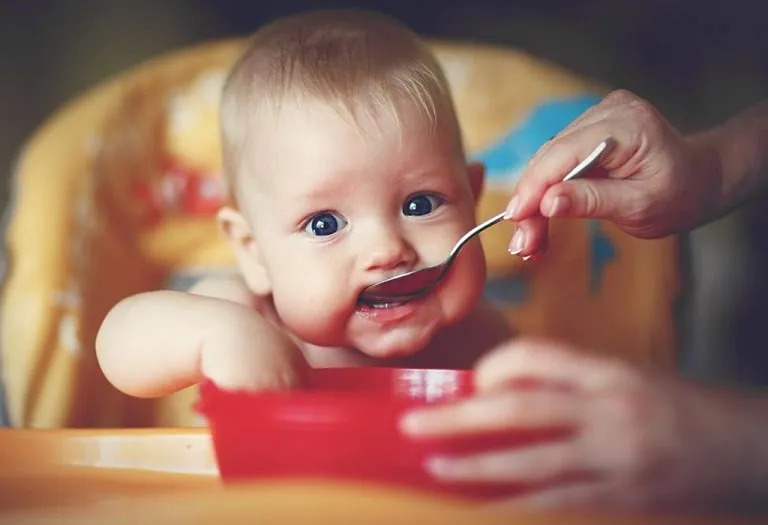When Can Infant Eat Puffs – Benefits and Recipes
- At What Age Can Babies Start Eating Puffs?
- Benefits of Introducing Puff to Babies
- How to Introduce Puff to Your Baby?
- Why Are Packaged Puffs Not Good for Your Baby?
- Homemade Puff Recipes for Infants
- FAQs
Puffs – they are our favourites, and we can’t imagine a world without them. If your baby is getting used to eating finger foods and purees, you might be wondering if it’s the right time to introduce them to puffs. But, before introducing anything to your little one, it is important to learn whether whatever you are introducing them to is safe and healthy or not because it is the babies we are talking about. So, should you feed puffs to your baby or are puffs safe for babies? Let’s dig in! In this article, we’ll discuss when to introduce puffs, their nutritional value, how to choose the healthiest puffs for a baby, and even how to make your own at home.
At What Age Can Babies Start Eating Puffs?
Babies can start eating puffs when they are 9 to 12 months old. There are a couple of signs to watch out for when you first start giving them puffs:
- Your baby is already comfortable eating various finger foods like graham crackers, fruits, and vegetables.
- Your baby is able to use the pincer grip to eat his/her finger foods.
- Their jaws move up and down when they munch on what they eat (very important).
- They don’t gag constantly (this is a sign they’re not ready to eat puffs yet).
Benefits of Introducing Puff to Babies
Introducing puffs to your baby at the right time can be more than just a snack, it can be a fun and beneficial part of their developmental journey. Here are a few benefits of adding puffs to your baby’s diet:
- Puffs are easy to pick up, helping babies develop their pincer grasp and hand-eye coordination.
- Their light, melt-in-the-mouth texture allows babies to practice chewing and moving food around their mouths safely.
- Puffs provide a gentle way to expose babies to textures beyond smooth purees, helping reduce picky eating habits later on.
- They’re a handy, low-mess snack option for on-the-go moments or quick meals.
How to Introduce Puff to Your Baby?
As your baby becomes more comfortable with solids, you might be considering adding puffs to their daily routine. Here are some helpful tips to follow when introducing puffs to your little one:
- Always opt for puffs that are specially made for babies and toddlers. These are designed to dissolve quickly in the mouth, making them easier and safer to eat.
- Puffs are meant to complement meals, not replace them. Offer them alongside nutritious foods or as a light snack once a day.
- In addition to puffs, make sure your baby is eating a variety of fruits, vegetables, proteins, and whole grains to support overall growth and health.
- Even though baby puffs are designed to dissolve easily, always keep an eye on your baby while they eat to prevent choking.
- Make sure your baby is sitting upright during snack time to reduce the risk of choking.
- Allow your baby to pick up the puffs themselves. This supports fine motor development and hand-eye coordination.
- If your baby tends to grab too many puffs at once, place just 1-3 puffs at a time on different parts of the tray or table.
- Keep mealtime relaxed and fun. Talk to your baby, cheer on their progress, and let them explore at their own pace.
Why Are Packaged Puffs Not Good for Your Baby?
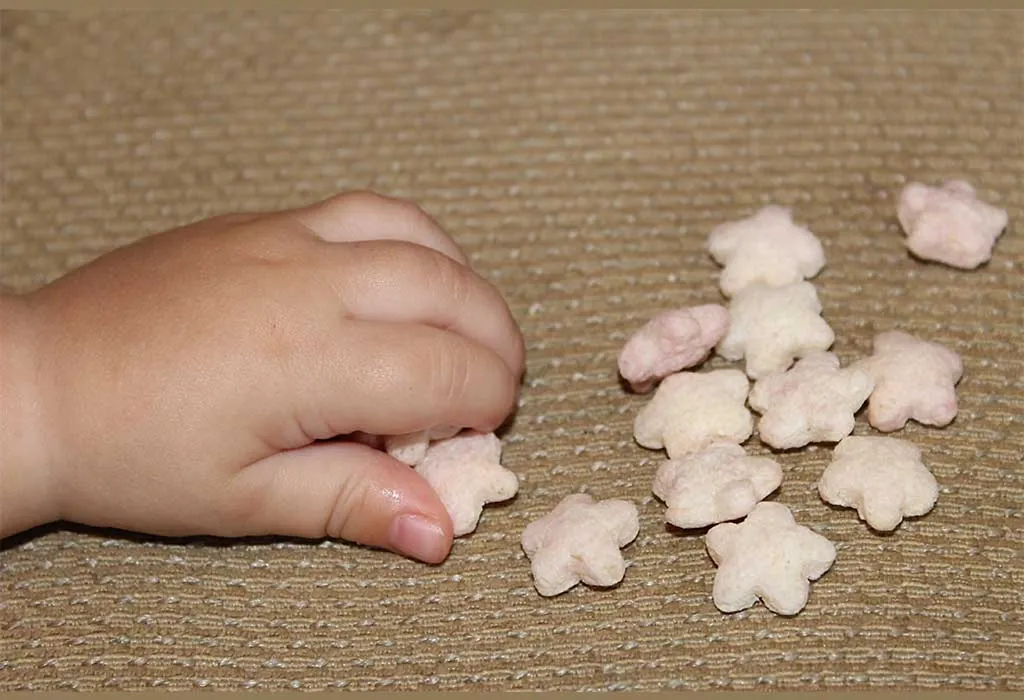
Are puffs good for babies? It depends, but it’s definitely a big no if they come packaged or made commercially. There are a number of reasons why packaged puffs for babies are not good. In a recent study, it was found that not all products marketed for infant/toddler consumption comply with AAP recommendations and consumers should carefully consider them before introducing them to their children.
Here’s a list of the main ones below:
1. They Contain Arsenic
Packaged puffs are not good for your baby because they contain harmful baby puff ingredients, like synthetic flavourings, chemicals, arsenic, and added things that aren’t good for your baby. Since your child’s organs are developing, it’s always a good idea to go organic and eat naturally. Arsenic poisoning can impair your baby’s development and show growth defects in their later years, both cognitively and physically (1).
2. The “Added” Sugar Problem
Brands try to use a fancy word for added sugar known as “cane syrup” or “organic sugar”. The problem is that added sugar may lead to a host of lifestyle conditions, like diabetes, heart attacks, and obesity. “Fruit juice concentrates” are also not recommended (2).
3. Zero Fibre
Most of the packaged puffs you get in stores are made from white grains and not whole brown rice or complete grains. They are processed, refined, and stripped of fibre, essential vitamins and nutrients. The result? You get just a white blob of crunchy mush with zero nutritional value to it.
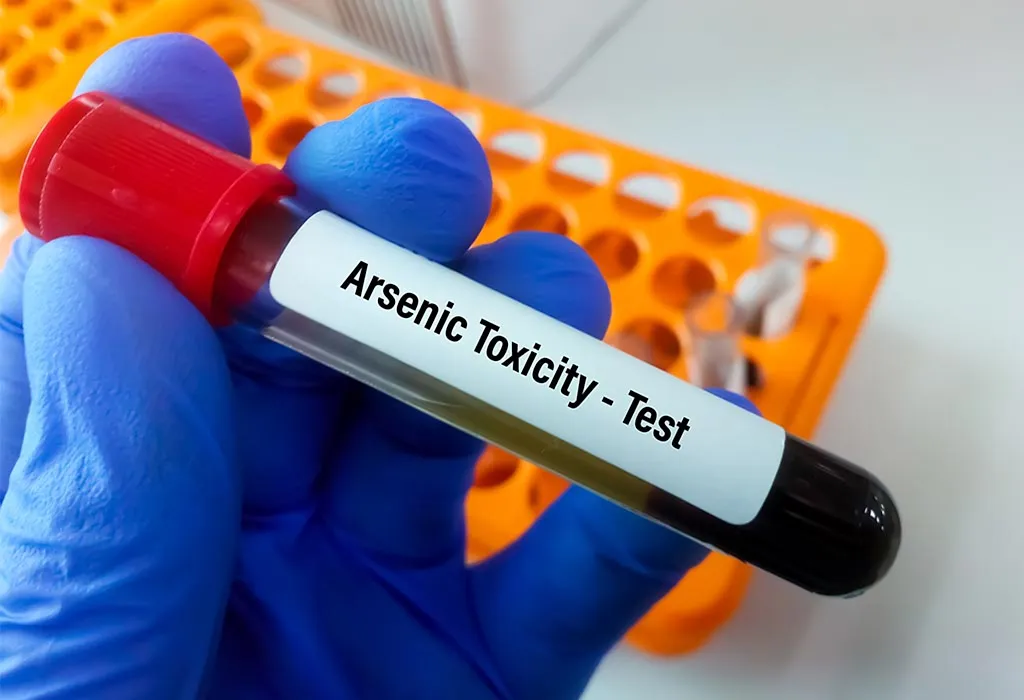
4. BPA-Packaging
Not all packaged puffs feature BPA-free packaging, and you know that plastic contains chemicals known to interfere with hormone regulation in your baby’s body (3). That’s altogether bad news!
5. Change in Consistency
Packaged foods, when left in the open air or original packaging, may quickly change consistency, presenting a choking hazard for children.
So, what puffs to give to your baby?
Try homemade puffs made with baby-safe and organic ingredients.
Homemade Puff Recipes for Infants
If you’re looking for puff snacks for babies and want to make some at home, you’ve come to the right place. Here are our top recipes on organic puffs for infants.
1. Vegan Baby Puffs
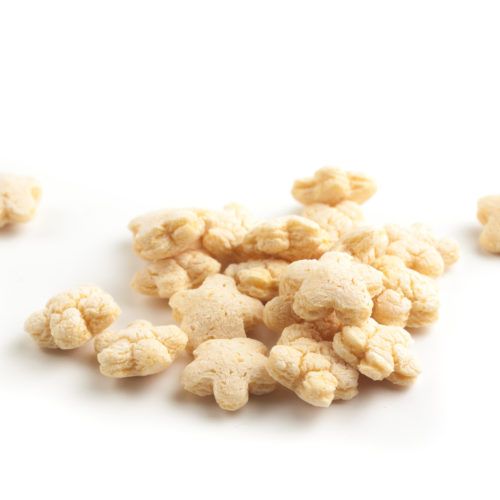
If your child is lactose-intolerant, this plant-based recipe is just what they need. It’s one of the best baby puffs healthy recipes for sure.
Ingredients
- 1 cup of organic oat flour
- 1 tablespoon of coconut oil
- 1/2 a cup of pureed fruits
- 1 tablespoon of grounded raw flaxseed
- 1 teaspoon of baking powder
- 1/4 cup of breastmilk or water
- 1 tablespoon of molasses (optional)
How to Make
- Get your parchment paper ready and preheat the oven to 350 degrees
- Blend the ingredients well to the point they are lump-free
- Place them on the sheet and start baking. After 15 minutes, dial the temperature down to 200 degrees and bake for a few more minutes until they are crunchy and ready to eat.
2. Apple and Kale Green Baby Puffs
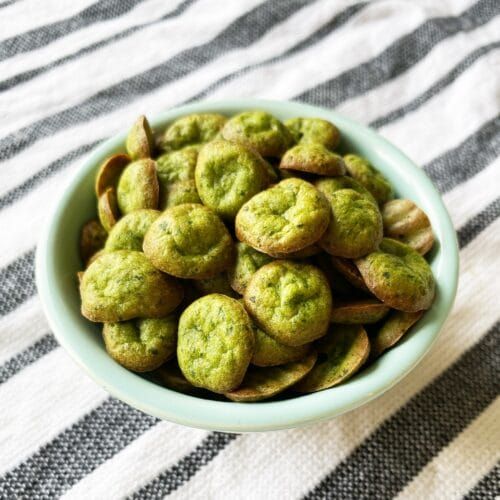
If you’re trying to pack in serious nutrition, give your baby these green puffs, and they will go bonkers over it! – Just like we do.
Ingredients
- 1 kale leaf
- 1 tablespoon of coconut oil
- 1 teaspoon of baking powder
- 1 teaspoon of applesauce
- Half a cup of rice cereal
- Two egg yolks
How to Make
- Blend the ingredients together in a food processor until smooth
- Transfer the blend to a chef’s plastic paper wrap. Cut it in a way that there’s a small hole at the end.
- On a sheet of parchment paper, create “green” dollops by squeezing the bag.
- Bake these green blobs in an oven for 10 mins at 350 degrees. Reduce the temperature to 200 degrees and keep baking for another 30 mins. Your green baby puffs are now ready!
3. Sweet Potato and Banana Baby Puffs
These naturally sweet, nutrient-rich puffs are perfect for babies just starting out on finger foods.
Ingredients
- 1/2 cup cooked sweet potato
- 1 ripe banana
- 1/4 cup baby oatmeal
- 2 egg yolks
- 1/2 teaspoon cinnamon
- 1/2 teaspoon baking powder
How to Make
- Preheat the oven to 350°F.
- Blend all ingredients together until you get a smooth, thick batter.
- Scoop the mixture into a piping bag or ziplock bag with the tip cut off.
- Pipe small dollops onto a parchment-lined baking sheet.
- Bake at 350°F for 10 minutes, then reduce the heat to 200°F and bake for another 30 minutes until dry and firm.
4. Carrot Oat Baby Puffs
Packed with fibre and beta-carotene, these puffs are as healthy as they are tasty.
Ingredients
- 1/2 cup steamed carrots
- 1/4 cup baby oats
- 1 tablespoon olive oil
- 1 egg yolk
- 1/2 teaspoon baking powder
How to Make
- Blend all ingredients until smooth.
- Transfer the batter to a piping bag or plastic wrap with the tip snipped off.
- Pipe small puffs onto a parchment-lined tray.
- Bake at 350°F for 10 minutes, then at 200°F for 30 minutes or until crisp.
FAQs
1. Can babies choke on puffs?
Choking is not a normal response, and babies don’t choke on puffs. Gagging, however, is something that’s more common when they try to eat puffs for the first time. Since puffs easily dissolve in the mouth, there is a very low possibility of choking on puffs. However, if your little one gets easily choked or gagged by normal foods, it is best to consult your little one’s doctor whether or not it is the right time to do so.
2. Can babies eat puffs without teeth?
Babies can eat puffs without teeth. All they have to do is munch up and down, using their mouth to mash the puffs until they melt and dissolve. But remember to introduce puff for babies when they have started on solid foods.
3. How do I store homemade baby puffs?
Store homemade puffs in an airtight container at room temperature for up to a week. If they become too soft or lose their crunch, you can reheat them in a low oven for a few minutes to restore texture.
Eating puffs is one of the greatest joys in the world, and when you introduce your baby to it – there’s nothing like it. Make your own puffs at home, eat naturally, and your baby will surely enjoy it. And the best part? You eat guilt-free without worrying about what pesky ingredients are added to your puffs. Just make sure they don’t overeat and keep track of those calories to make sure your child grows healthy and beautiful.
References/Resources:
1. Cleveland Clinic – Arsenic Poisoning
2. Harvard Health Publishing – The sweet danger of sugar
3. National Institute of Environmental Health Sciences – Bisphenol A (BPA)
Also Read:
Dates for Babies
Biscuits for Babies
Chocolate for Babies
Was This Article Helpful?
Parenting is a huge responsibility, for you as a caregiver, but also for us as a parenting content platform. We understand that and take our responsibility of creating credible content seriously. FirstCry Parenting articles are written and published only after extensive research using factually sound references to deliver quality content that is accurate, validated by experts, and completely reliable. To understand how we go about creating content that is credible, read our editorial policy here.






